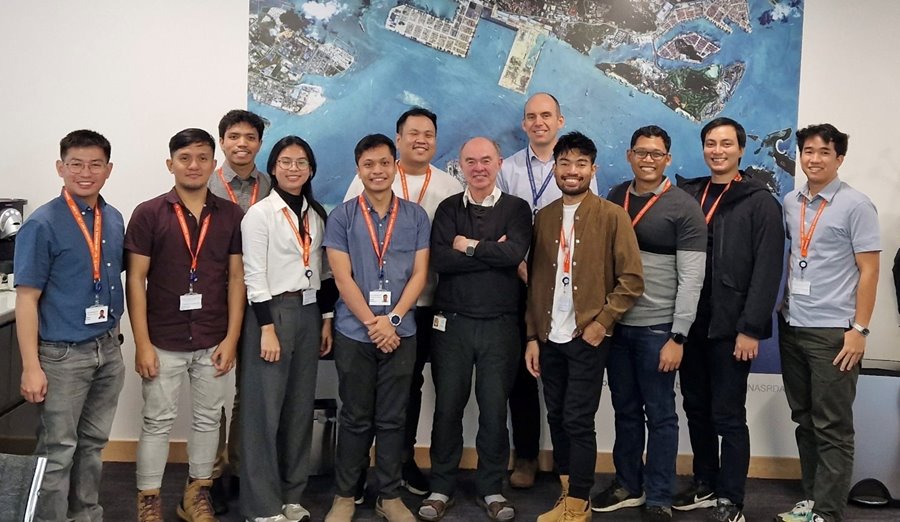
The Multispectral Unit for Land Assessment (MULA) project originally started in December 2020 and was designed for PhilSA engineers to develop hands-on space mission experience and to address Earth Observation applications of national and international importance. Now in manufacture, MULA will be developed and launched by PhilSA and SSTL engineers for operation from the Philippines. The project includes technology training and a technology licence for PhilSA to use as a basis for future domestic satellite missions that focus on national requirements.
MULA is the first implementation of SSTL’s TrueColour optical payload, which is designed to provide 5m Ground-Sampling Distance imagery in the same 9 visible spectral bands as the Copernicus Sentinel-2 mission, over a 120km swath. This allows PhilSA to utilise many off-the-shelf applications based on Sentinel data sets, at higher spatial and temporal resolution and supports disaster monitoring and impact assessment, forestry, precision agriculture, maritime surveillance, and land-use mapping. MULA is a 3-axis controlled 130kg satellite, measuring approximately 0.75x0.85x1m. It carries a green propulsion system in support of collision avoidance manoeuvres and end-of life disposal and carries secondary payloads for tracking of ship using the Automatic Identification of Ships (AIS) standard, and tracking of Aircraft using the Automatic Dependent Surveillance-Broadcast (ADS-B) standard.
The MULA satellite is expected to launch in 2025, and is designed for at least 5 years of operational service. SSTL is also working with the Philippine government in providing the Department of Science and Technology Advanced Science and Technology Institute (DOST-ASTI) with access to task SSTL’s NovaSAR radar and Automated Identification of Ships satellite, with exclusive access over their region in support of land-use and maritime surveillance applications.
Philsa Project Manager Izrael Bautista, said “A lot of effort was exerted by PhilSA and the Philippine Government to enable us to continue building MULA. Thankful for the support that SSTL provided to us as well. Now we are looking forward to work with our mentors and build MULA from the ground up, soaking up know-how which we can take back to the Philippines to share with our colleagues and the local industry.”
Stu Jones, Head of Training, SSTL, said “We are delighted to welcome our customer engineers here in the UK in plenty of time to celebrate Christmas. Training is at the core of SSTL’s offering and there is nothing more important to us than having our partners here working alongside us over the course of an exciting satellite mission like this one.”